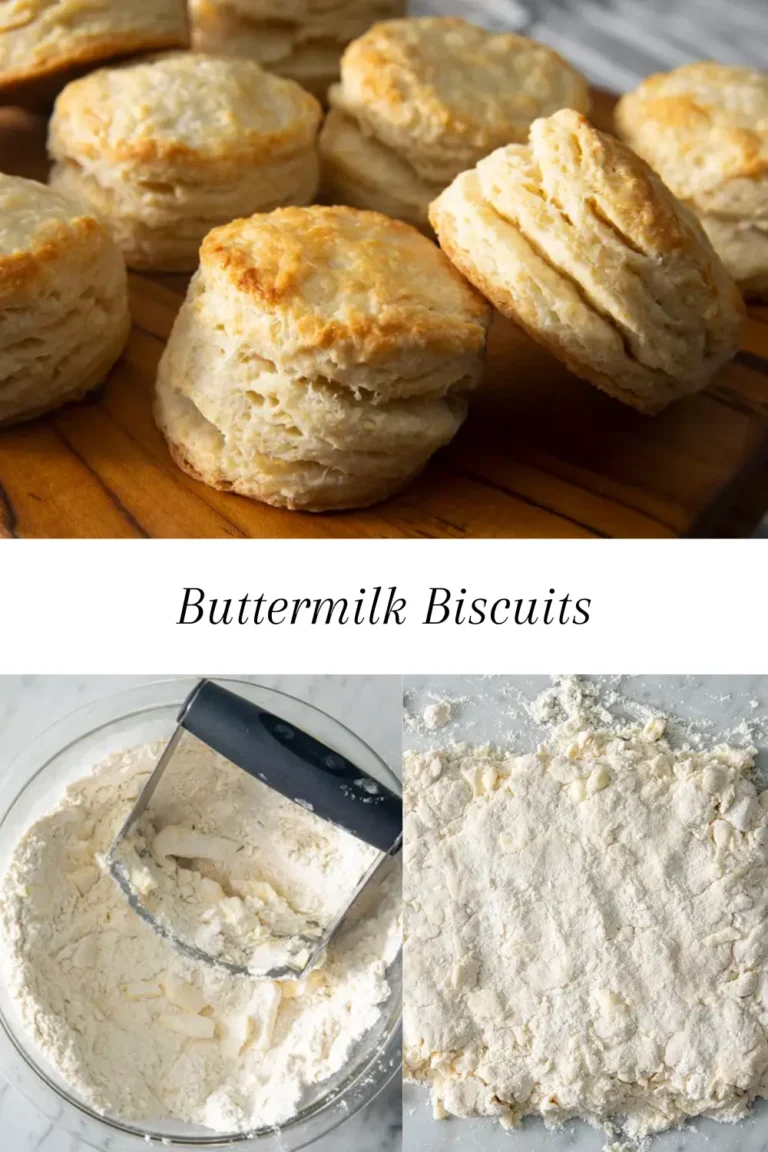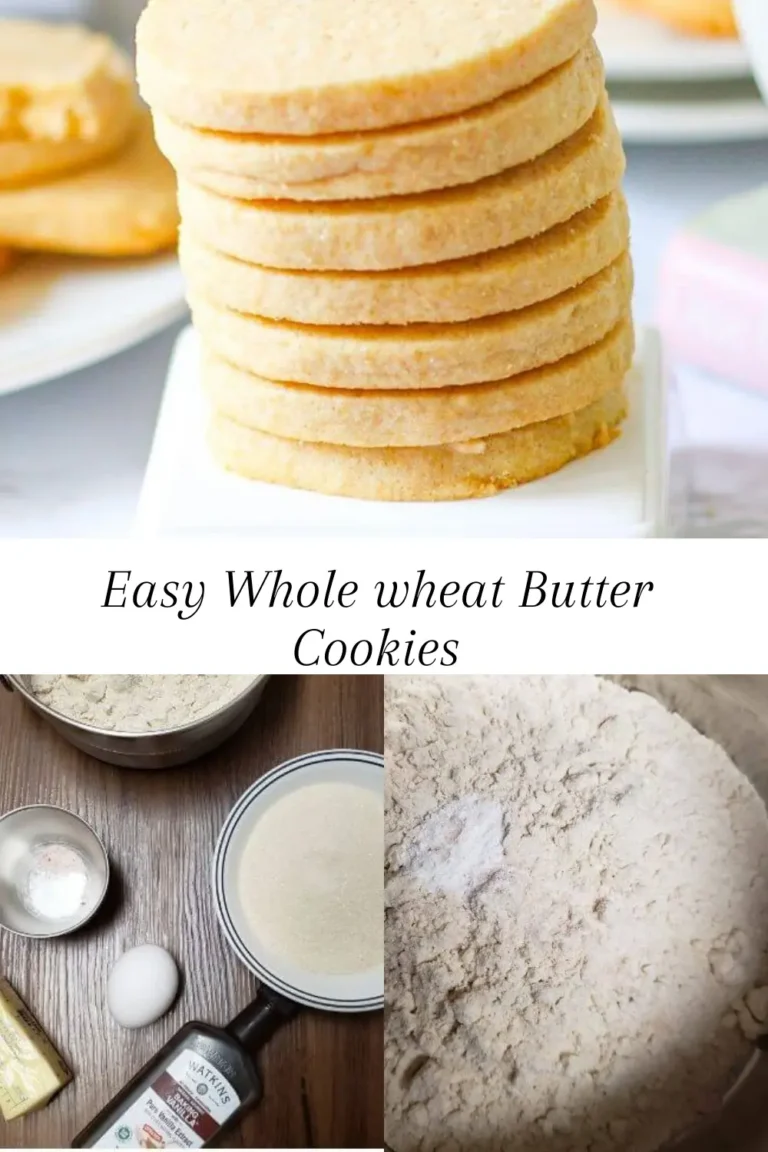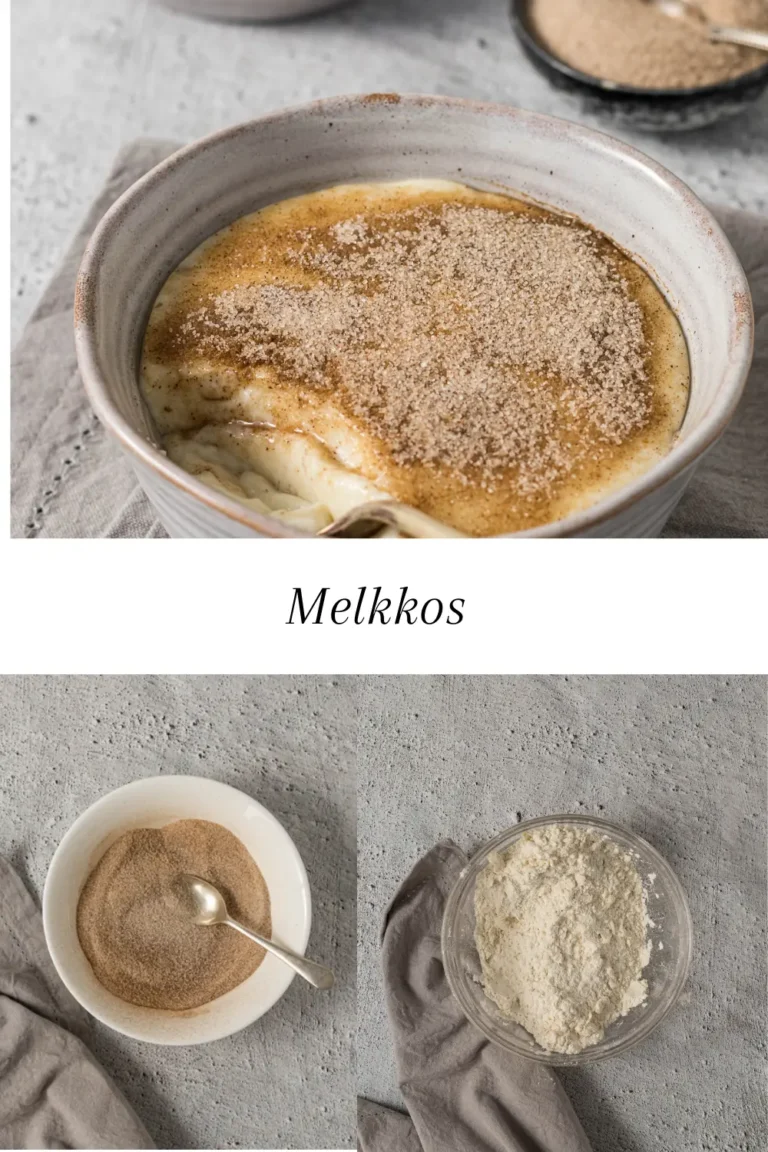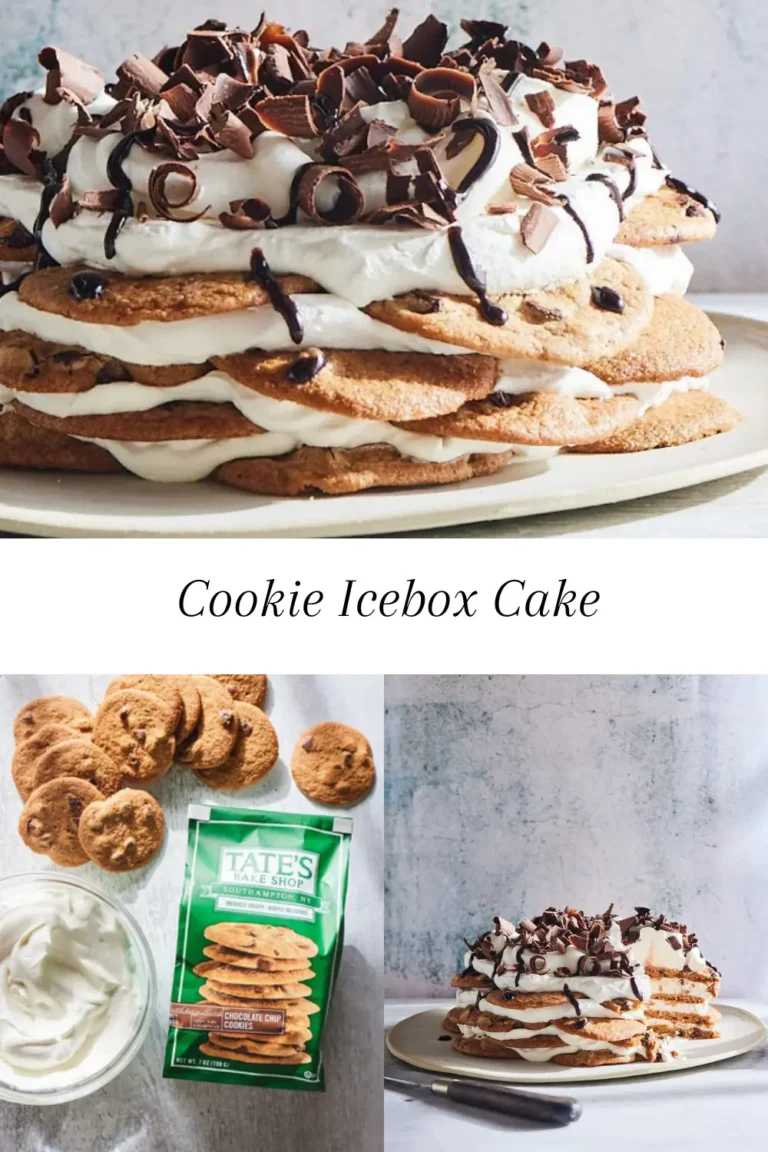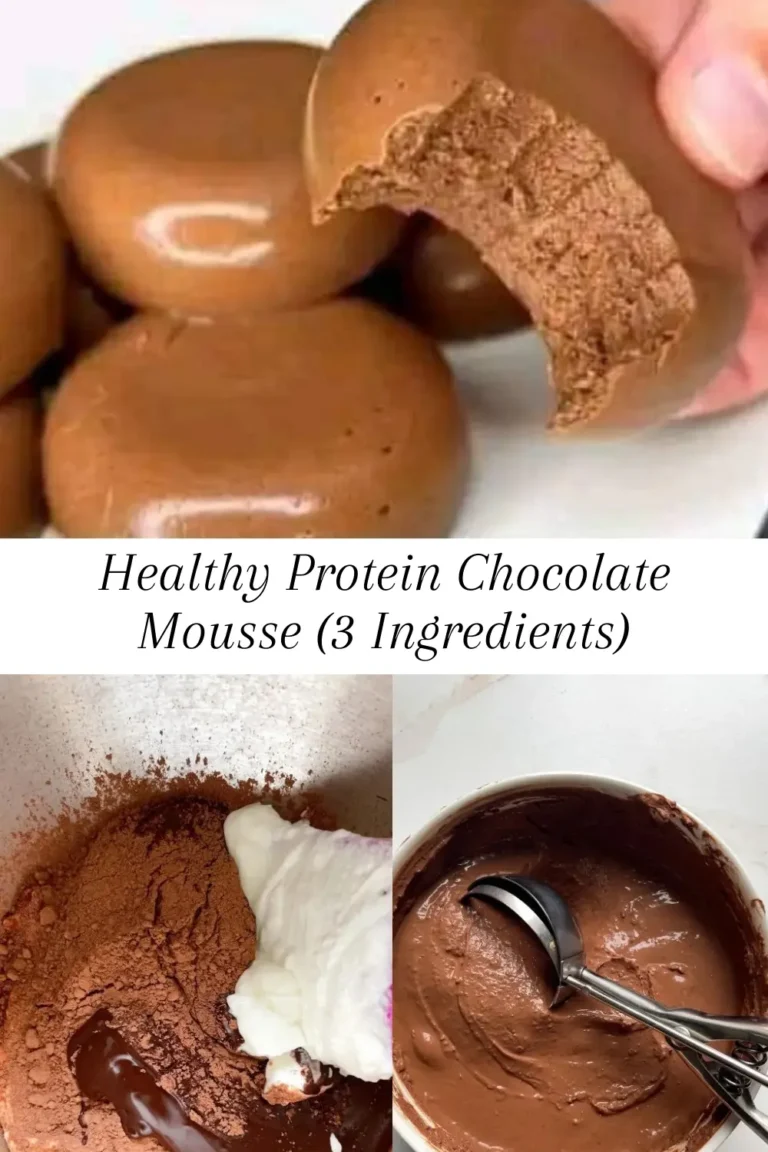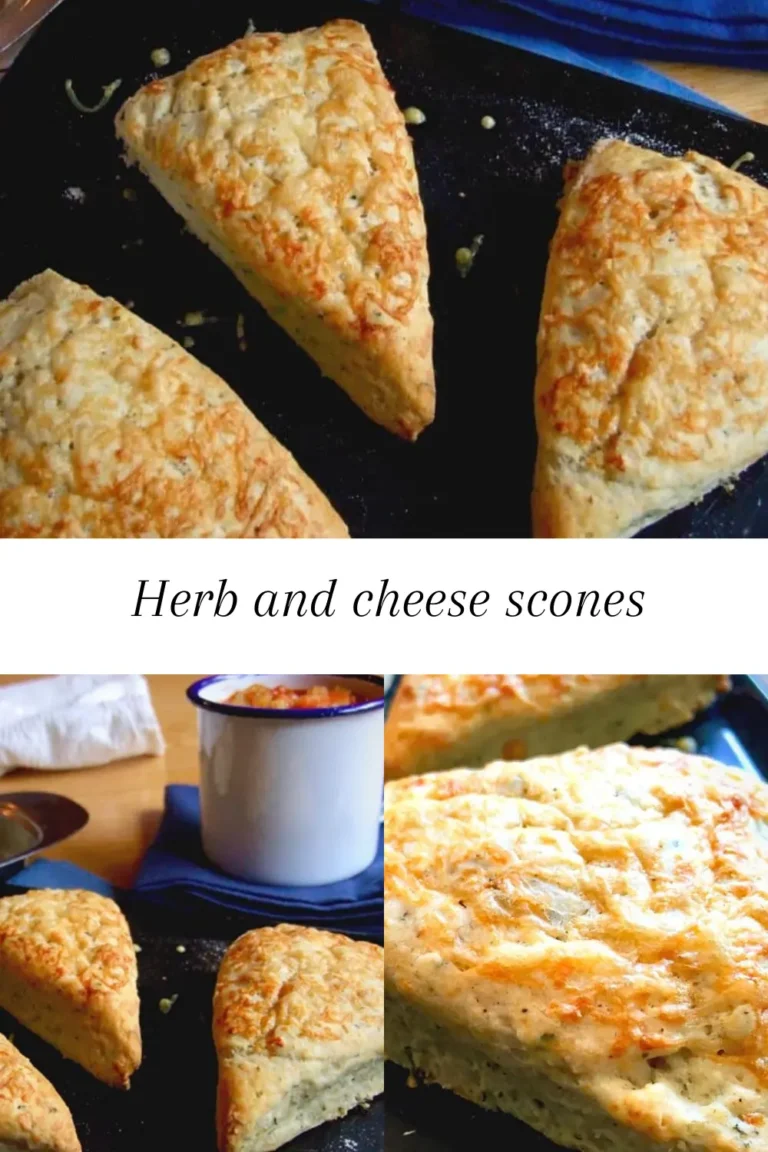Tender Cake Without Sugar & Flour
When it comes to creating a tender cake without sugar, selecting the right sugar alternative is essential to achieve the desired flavor and texture. Numerous substitutes exist, each with unique characteristics that impact the final product. Some of the most popular alternatives include stevia, erythritol, agave nectar, and applesauce.
Stevia, a natural sweetener derived from the leaves of the Stevia rebaudiana plant, is known for its high sweetness level without contributing calories. One advantage of stevia is its ability to provide sweetness while having a negligible effect on blood sugar levels. However, it can sometimes impart a licorice-like aftertaste, which may not be suitable for all palates. When substituting in recipes, it is advisable to use stevia in small amounts, as a little goes a long way.
Erythritol, a sugar alcohol, is another popular option that resembles sugar in taste and texture. With a lower glycemic index than regular sugar, it doesn’t spike blood sugar levels, making it an appealing choice for health-conscious bakers. Erythritol can be used in equal measurements as sugar, creating a pleasant sweetness and contributing to the cake’s moistness. Its potential downside is that in large amounts, it may cause digestive discomfort for some individuals.
Agave nectar, derived from the agave plant, offers a liquid alternative that is sweeter than sugar. While it complements various flavors well, its high fructose content can lead to an increased caloric intake. Consequently, moderation is crucial when using agave in a tender cake without sugar.
Applesauce serves as a natural sweetener and moisture enhancer, especially in vegan baking. It lends a subtle sweetness while also providing a healthier fat alternative. When using applesauce, it is typically recommended to replace half of the amount of sugar with an equal measurement of applesauce to maintain balance. Understanding these sugar substitutes and their effects on flavor, texture, and health can greatly enhance the baking process, ultimately leading to delicious outcomes.
Essential Ingredients for a Tender Sugar-Free Cake
To create a tender cake without sugar, the choice of ingredients is paramount. Each element contributes not only to the cake’s flavor profile but also to its texture and moisture content. Here are the primary ingredients essential for crafting a delectable sugar-free cake.
One of the most popular flours for sugar-free baking is almond flour. It has a naturally sweet flavor and provides a rich, moist texture. Almond flour is high in healthy fats and proteins, which contribute to the cake’s overall tenderness. Another excellent option is coconut flour, known for its absorbency. When using coconut flour, it is important to adjust liquid ratios, as it tends to absorb more moisture than other flours.
Eggs are another fundamental ingredient in a tender cake without sugar. They serve as a binding agent, providing structure while also adding moisture. The proteins in eggs help to stabilize the cake, ensuring it holds its shape and texture. For those seeking egg alternatives, options such as flaxseed meal or mashed bananas can also deliver moistness and binding.
Dairy or dairy alternatives, such as yogurt or almond milk, can further enhance the cake’s moisture. These components not only enrich the flavor but also contribute to the lightness of the cake. When opting for dairy alternatives, ensure that they are unsweetened to maintain the cake’s sugar-free status.
Fats play a crucial role in achieving tenderness in baking. Butter adds richness, while coconut oil offers a slight sweetness without sugar. Selecting the right fat can help in promoting a tender crumb in the cake.
Lastly, leavening agents such as baking soda and baking powder are essential for achieving a light and airy rise. These ingredients can be adjusted depending on the other components, particularly in sugar-free recipes where the absence of sugar influences the cake’s structure. The right balance of these ingredients culminates in a tender cake without sugar that is sure to delight anyone’s palate.
Recipe for Perfect Sugar-Free Cake
Embarking on the culinary journey to create a tender cake without sugar requires a careful blend of ingredients and attention to detail. This simple recipe guarantees a delightful sugar-free treat that can be customized with a variety of flavors. Begin by gathering your ingredients: 2 cups of whole wheat flour, 1 cup of unsweetened applesauce, 1/2 cup of milk (or a dairy-free alternative), 2 teaspoons of baking powder, and one teaspoon of vanilla extract. You may use a natural sweetener like stevia or erythritol to enhance the flavor if desired.
Start by preheating your oven to 350°F (175°C). Grease a 9-inch round cake pan to prevent the cake from sticking. In a mixing bowl, combine the flour and baking powder, ensuring they are evenly mixed. Next, in a separate bowl, blend the unsweetened applesauce, milk, and vanilla extract. Gradually incorporate the dry ingredients into the wet mixture, stirring until a smooth batter forms. Avoid overmixing to maintain the cake’s tender texture.
Optional variations can elevate your sugar-free cake. For a chocolate flavor, substitute one-third of the flour with cocoa powder. To add a fruity twist, consider folding in blueberries, strawberries, or banana slices into the batter. Pour the mixture into the prepared cake pan and smooth the top. Bake for 30–35 minutes, or until a toothpick inserted in the center comes out clean. Allow the cake to cool for 10 minutes in the pan before transferring it to a wire rack.
During the baking process, maintaining the correct temperature is crucial to prevent a dry cake. If you want a moister cake, additional applesauce can be incorporated. Monitoring baking time closely will help avoid overbaking, ensuring a tender cake without sugar for your enjoyment. With these steps, you are well on your way to mastering the art of baking a delightful sugar-free cake.
Serving and Storing Your Sugar-Free Cake
When it comes to serving a tender cake without sugar, presentation can elevate the overall experience. One appealing way to serve your cake is by pairing it with fresh fruit compotes. Fruits such as berries, peaches, or apples can be cooked down with a little lemon juice and cinnamon to create a delightful topping that adds natural sweetness and enhances the cake’s flavor. Alternatively, consider offering a side of sugar-free whipped cream as a creamy complement that preserves the indulgent feel of the cake while staying in line with your health-conscious choices.
Once you have enjoyed a slice of your delicious sugar-free cake, proper storage is essential to maintain its tenderness and flavor. An airtight container is your best option for preserving the cake’s quality. When storing a whole cake, make sure to wrap it well in plastic wrap to prevent it from drying out. For individual slices, you can use small containers or wrap each slice in plastic before placing them in a larger container. This method ensures that each piece retains its moisture and remains tender when you are ready to enjoy it again.
If you find yourself with leftover cake, you can also freeze slices for future enjoyment. To freeze, wrap each slice in plastic wrap and then place them in a freezer-safe bag or container. This allows you to enjoy your tender cake without sugar weeks later without compromising its quality. When you wish to enjoy a frozen slice, simply remove it from the freezer, let it sit at room temperature for about 30 minutes, or reheating it gently in the microwave for a few seconds can also work well.
For those with dietary restrictions, adapting your sugar-free cake to be gluten-free or allergy-friendly is entirely possible. Utilizing almond flour or coconut flour can be beneficial as gluten-free alternatives that maintain the cake’s tenderness. Consider the specific allergens present in your environment and replace ingredients accordingly, ensuring that the cake remains accessible to all your guests.
Ingredients
- 1 egg
- 1 cup of cooked tapioca.
- 1 cup of corn flour
- 1 spoonful of baking powder
- 1/2 cup of milk or water
- 2 crushed bananas (best if they are ripe)
Sizes
- 1/2 cup equals 120 ml.
- 1 cup is equal to 1 cup, which is equivalent to 240 ml.
- 1 tablespoon is equal to 1 tablespoon, which is about 15 ml.
Preparation
- First, crack the egg into a bowl and whisk until it becomes frothy.
- Next, mix in the mashed banana, cornmeal, tapioca, and baking powder.
- Next, combine all the ingredients thoroughly and slowly pour in the milk until the mixture is smooth and consistent.
- Now, pour the mixture into a pan with a hole in the center that has been greased with margarine.
- Next, put aluminum foil or a lid on the pan and place it on the stove over medium heat.
- After 30 minutes, take the cake out of the mold, put it in a pan, and heat it for another 10 minutes.
Your cake is now ready to eat.


